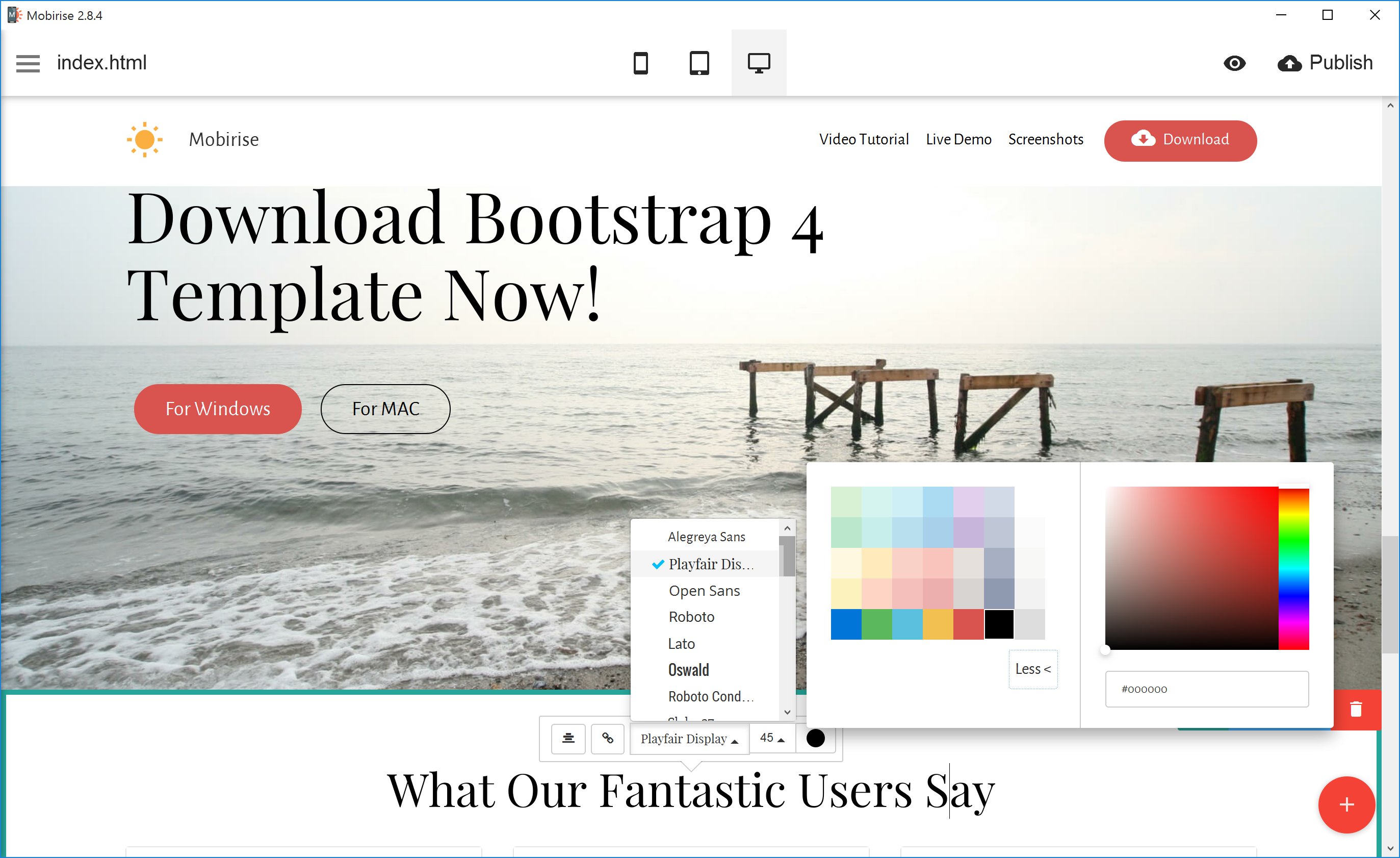
If you plan to build or manage websites at any point during your career, you’ll need to know HTML. As a markup language, HTML uses tags to define the structure, layout and content of a webpage. HyperText Markup Language, or HTML, is one of the oldest and most fundamental languages used in front end web development. Given that Bootstrap is a toolkit designed to simplify and streamline front end development, you should be reasonably familiar with basic client-side programming languages such as HTML, CSS and JavaScript. Prerequisites - What You Need to Know Before Learning Bootstrap Simply put, responsive design simplifies development and ensures that all users can enjoy the same high-quality browsing experience. When a user accesses a responsive website, it will automatically accommodate their device’s resolution and display capabilities. Programmers facilitate this flexibility by organizing content and design elements into grid-based layouts and using strategic CSS media queries. The adaptability of this philosophy saves programmers from needing to reformat their sites or apps every time a device with new dimensions hits the market. This responsivity is automatic, so users never need to deal with any disruption to their browsing experience - even when they switch devices.īut the perks provided by responsive design aren’t limited to user experience. Responsive websites display equally well across all devices - from desktops to tablets to mobile phones.

Responsive design is a front end programming philosophy that prioritizes adaptability and user experience.
#Bootstrap with webstorm tutorial professional#
Currently, the professional standard is Bootstrap 4, which supports development in Google Chrome, Safari, Firefox, Internet Explorer and Opera. Since its release, Bootstrap has evolved through several iterations to enhance usability, improve responsive design and add new features. However, after several months of advancing the project with a small team, the pair realized it could be a valuable toolkit for developers beyond the company.īy August of 2011, the developers had given Bootstrap its permanent name and released it on GitHub, where it remains one of the platform’s most lauded projects.

It first emerged under the moniker of “Twitter Blueprint” and was initially intended to be an internal tool to support Twitter employees. History of Bootstrapīootstrap was designed by Twitter alums Mark Otto and Jacob Thornton in 2011. This results in a cohesive, mobile-optimized baseline structure that developers can then customize to suit their design preferences. As soon as a developer incorporates Bootstrap into their project, the platform establishes a set of style definitions across all HTML code. But even if the framework didn’t offer developers the chance to eliminate hours of unnecessary coding, it would still be a fundamental web development tool. Plus, while Bootstrap primarily focuses on identifying and sharing reusable CSS code, it also provides support for JavaScript programming and is compatible with all front end languages.īootstrap’s sheer utility and time-saving potential make it a must-have tool for professional developers. It provides templated designs for interface features such as buttons, forms, navigation bars and fonts.

What Is Bootstrap?īootstrap is a web development framework that supports speedy, mobile-responsive front end programming.

If you want to learn Bootstrap, you’re in luck - we can tell you everything you need to know about the framework’s uses, features and applications.īut before we jump into all of that, let’s cover the basics.


 0 kommentar(er)
0 kommentar(er)
